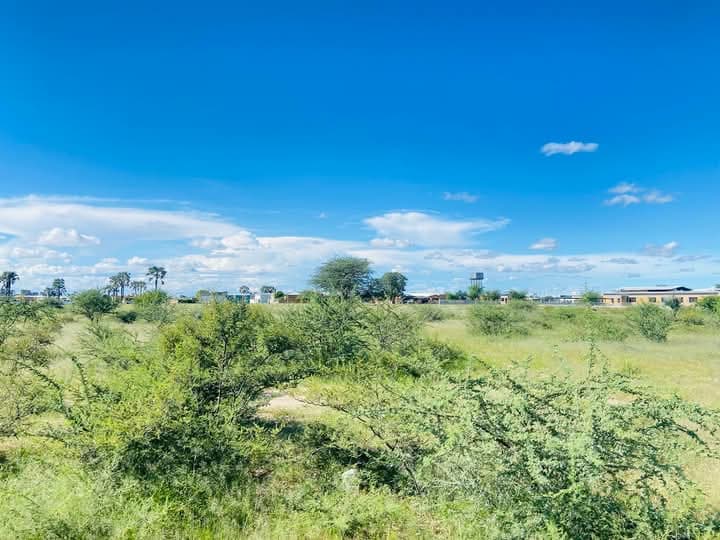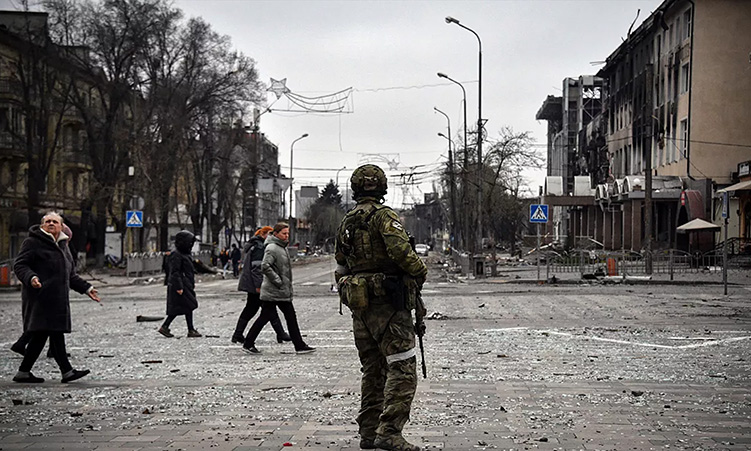THE most recent audit statements of the Government Institutions Pension Fund (GIPF) reflect growth for the last financial year despite concerns about the dubious loans it has granted.
Statements tabled in Parliament this week for the financial year ended March 2005 indicate that the fund’s total assets now amount to N$19 billion compared to N$15 billion last year. Its investments amount to N$18,7 billion compared to N$14,7 billion the previous year.GIPF now has a bank balance of N$129 million compared to N$86 million in 2004.The financial statements summarise the transactions and net assets of the fund, but do not take into account liabilities to pay pensions and other benefits in the future.An actuarial valuation, which does assess the fund’s liabilities and ability to meet its obligations to its members, will be done next year.An actuarial valuation is carried out every three years.A month ago, the Namibia Financial Institutions Supervisory Authority (Namfisa) moved in on GIPF to evaluate all investments made by the institution.Its Development Capital Portfolio, from which it disburses loans to empowerment companies, will be reviewed in particular.At the end of the 2005 financial year, GIPF’s loan book stood at N$281 million.The biggest loan on its book is N$99,2 million to the Windhoek Country Club and Hotel – an amount that has not diminished at all over the last two financial years.The Namibia Grape Company has a loan of N$90 million to clear with GIPF – an amount that has also not reduced over the last two financial years.Yesterday in Parliament, Prime Minister Nahas Angula provided a list of loans granted from the GIPF’s Development Capital Portfolio (DCP) since 1997.It indicates that six of the loans could not be repaid and were liquidated – among them N$20 million to Namibia Plastics and Liquid Foods, N$8,4 million to Namibia Chicken Investments and N$12 million to Omina Investments.In all cases the proceeds from liquidating these investments were insufficient to cover the outstanding loan balances, which meant that about N$45 million had to be written off.GIPF is now also assessing several companies it granted loans to that would probably be unable to repay them because their operating performance has been below original expectations.This includes N$23 million to Omaheke Tannery and Leathery Processing, N$26 million to the Namibia Pig Farm, N$163 million to the Namibia Grape Company and a whopping N$169 million to the Karas Abattoir and Tannery Processors.Since 1997, it has granted loans to the tune of N$624 million.The GIPF board of trustees has also commissioned a review of investments to be conducted by private accounting and law firms.In 2003, the valuator reported that the fund was in a sound financial position and that the present rates of contributions are adequate to enable the fund to provide the benefits its members are entitled to.The 2004-05 audit report says the fund is not underfunded.The number of active members of the fund has remained stable over the past year, and by March totalled 71 448.The number of pensioners increased this year – by more than 2 000 to 26 421 by the end of March.GIPF holds shares in about 230 listed companies valued at N$10,7 billion – an increase of more than N$2 billion since 2004.Its investments amount to N$18,7 billion compared to N$14,7 billion the previous year.GIPF now has a bank balance of N$129 million compared to N$86 million in 2004.The financial statements summarise the transactions and net assets of the fund, but do not take into account liabilities to pay pensions and other benefits in the future.An actuarial valuation, which does assess the fund’s liabilities and ability to meet its obligations to its members, will be done next year.An actuarial valuation is carried out every three years.A month ago, the Namibia Financial Institutions Supervisory Authority (Namfisa) moved in on GIPF to evaluate all investments made by the institution.Its Development Capital Portfolio, from which it disburses loans to empowerment companies, will be reviewed in particular.At the end of the 2005 financial year, GIPF’s loan book stood at N$281 million.The biggest loan on its book is N$99,2 million to the Windhoek Country Club and Hotel – an amount that has not diminished at all over the last two financial years.The Namibia Grape Company has a loan of N$90 million to clear with GIPF – an amount that has also not reduced over the last two financial years.Yesterday in Parliament, Prime Minister Nahas Angula provided a list of loans granted from the GIPF’s Development Capital Portfolio (DCP) since 1997.It indicates that six of the loans could not be repaid and were liquidated – among them N$20 million to Namibia Plastics and Liquid Foods, N$8,4 million to Namibia Chicken Investments and N$12 million to Omina Investments.In all cases the proceeds from liquidating these investments were insufficient to cover the outstanding loan balances, which meant that about N$45 million had to be written off.GIPF is now also assessing several companies it granted loans to that would probably be unable to repay them because their operating performance has been below original expectations.This includes N$23 million to Omaheke Tannery and Leathery Processing, N$26 million to the Namibia Pig Farm, N$163 million to the Namibia Grape Company and a whopping N$169 million to the Karas Abattoir and Tannery Processors.Since 1997, it has granted loans to the tune of N$624 million.The GIPF board of trustees has also commissioned a review of investments to be conducted by private accounting and law firms.In 2003, the valuator reported that the fund was in a sound financial position and that the present rates of contributions are adequate to enable the fund to provide the benefits its members are entitled to.The 2004-05 audit report says the fund is not underfunded.The number of active members of the fund has remained stable over the past year, and by March totalled 71 448.The number of pensioners increased this year – by more than 2 000 to 26 421 by the end of March.GIPF holds shares in about 230 listed companies valued at N$10,7 billion – an increase of more than N$2 billion since 2004.
Stay informed with The Namibian – your source for credible journalism. Get in-depth reporting and opinions for
only N$85 a month. Invest in journalism, invest in democracy –
Subscribe Now!










